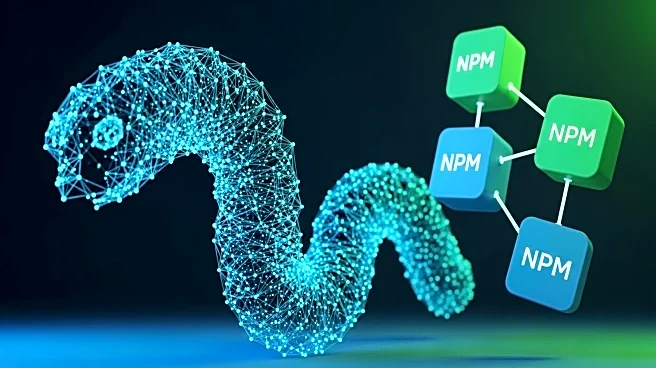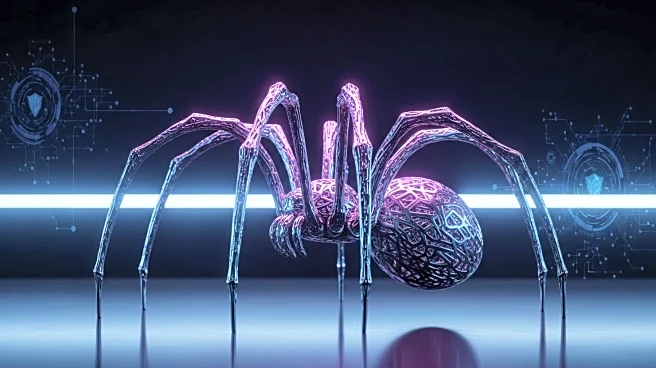What's Happening?
Acronis' Threat Research Unit has identified a new social engineering attack called FileFix, which tricks users into executing malware through seemingly innocent file upload processes on phishing websites. This attack is a refined version of ClickFix attacks, where users are manipulated into running malicious commands. FileFix specifically targets file upload interfaces on phishing sites, masquerading as legitimate platforms like Meta/Facebook Security. Users are deceived into pasting what appears to be a file path, which is actually an obfuscated PowerShell script that executes malware. The attack uses steganography to hide malicious code within JPEG images, bypassing traditional detection systems.
Why It's Important?
The FileFix attack represents a sophisticated evolution in social engineering tactics, highlighting the increasing complexity of cyber threats. By exploiting user actions and leveraging steganography, attackers can bypass conventional security measures, posing significant risks to individuals and organizations. This underscores the importance of user education and awareness in recognizing phishing attempts and suspicious activities. The attack's ability to spread globally through multilingual campaigns further emphasizes the need for comprehensive cybersecurity strategies and international cooperation to combat such threats.
What's Next?
Organizations should enhance their cybersecurity training programs to educate users about the risks of phishing and the importance of verifying file paths and upload processes. Security firms may develop new detection methods to identify steganographic techniques used in malware delivery. Additionally, there may be increased collaboration between cybersecurity companies and law enforcement to track and dismantle the infrastructure supporting these attacks.










